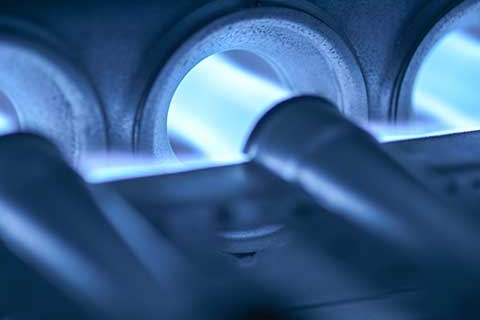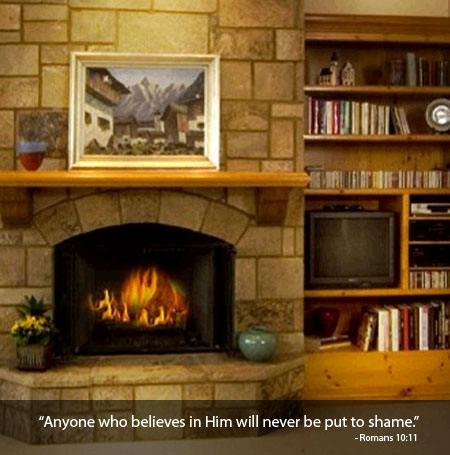Before You Call: Troubleshooting Your Heating to Save Money

We at JP Heating & Air Conditioning are here to help with all your heating and cooling needs—it’s what we’re known for as well as what we’re passionate about. We also know that malfunctioning heating and cooling is an issue that, often times, cannot be delayed. For that reason, we offer emergency 24-hour service of your heating and air conditioning regardless of the time, the day of the week, or the holiday. Even so, calling in any emergency heating and air conditioning service can be both costly and time-consuming. To help you avoid these drawbacks, we’re covering the furnace repair steps you can take to make sure you’re only spending your valuable time and money when absolutely necessary.
Checking your Circuit Breakers
To check to see if your furnace can be fixed before calling us in, you’ll first want to check to make sure the basic functions are set to “On” and in working order. This means making sure the thermostat is above room temperature, the line switch is set to “On,” and the circuit breaker is both set to “On” and untripped. If you have a D QO panel, you can tell if a circuit breaker is tripped if you see a small, clear window next to your breakers that has an orange color to it. If you don’t have a D QO panel, you’ll need to go down the panel and firmly push every breaker into the on position, even if it appears on already. You’ll be able to tell which circuit was tripped because it will have a considerable amount of give to it. Once you locate the breaker that’s either orange or has a lot of give to it, simply turn it all the way off, then all the way back on. Note: if you only switch the tripped breaker all the way on without turning it off first, you likely won’t fix the problem.
Checking for a Blown Fuse
If you’re still experiencing difficulties after you’ve completed the above steps, go ahead and disconnect your furnace’s power to continue troubleshooting. Once that’s done, we recommend you check to see if the furnace fuses are all in working order. Locate the fuse for your furnace and remove it. If the fuse appears to be discolored, cloudy, or have broken wiring, then it’s likely that your fuse is blown and you’ll simply need to replace it with one of equal wattage and size. When you go to replace the fuse, just make sure your hands are dry for your own safety. If the furnace comes back on after you turn the power back on, chances are that you have successfully fixed your furnace!
Final Troubleshooting
If your circuit breakers are all on and none of your fuses are blown, then it’s time to check for the last few issues that may remain. You’ll want to check to make sure all your compartment covers are closed and securely fastened. Afterward, make sure that the air filter is clean and the area around your intake is unobstructed. Though seemingly minor, any of these issues could cause your furnace to not work properly or severely inhibit its ability to do its job. Moreover, each of these issues can be fixed with a simply adjustment on your end.
We hope that this guide to troubleshooting your furnace has been as helpful to you as it has to our clients in the past. If you’ve tried each of these steps and are still facing difficulties with your furnace, feel free to contact us to get your heating working again ASAP. Next month’s blog post will cover the ins and outs of troubleshooting your air conditioning unit, so make sure to check back then for more information on how to save your time and money on emergency temperature control!










